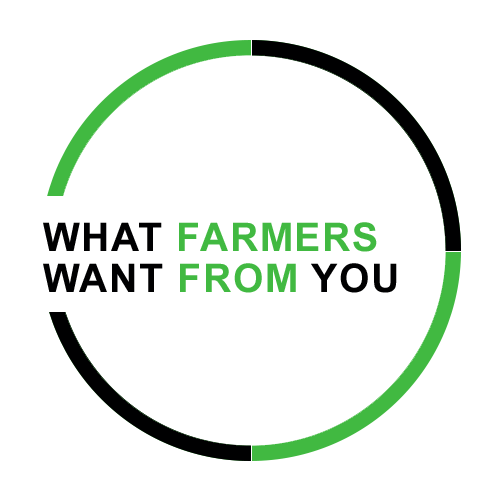 Idaho farmer Robert Blair’s precision farming journey began with a personal digital assistant (PDA) and an antenna that he fastened to his cap in 2003. More than 10 years later, his leading-edge approach to precision farming technology has led him to being the first farmer in the U.S. to use an unmanned aerial vehicle (UAV) for crop scouting.
Idaho farmer Robert Blair’s precision farming journey began with a personal digital assistant (PDA) and an antenna that he fastened to his cap in 2003. More than 10 years later, his leading-edge approach to precision farming technology has led him to being the first farmer in the U.S. to use an unmanned aerial vehicle (UAV) for crop scouting.
With this technology, he’s been able to realize thousands of dollars of savings by matching inputs to soils. The UAVs have also helped him prove crop damage from deer and elk, which resulted in payments from the Idaho Fish and Wildlife Department.
Blair is a fourth-generation farmer at Three Canyon Farms, a 1,500-acre minimum-till operation near Kendrick, Idaho. He grows a variety of grains on highly variable soils with slopes as great as 44%.
“We farm all three sides of an acre here,” he jokes.
In 2004, he purchased an Ag Leader Insight system to capture grain harvest data. Then, with soil test results, he built high, medium and low soil zones for variable-rate seeding and fertilizer applications.
“In 2008, we used variable seeding and fertilizer rates for the first time and reduced nitrogen use by 25%, saving $31,000,” Blair says. “With that kind of payback, it doesn’t take long to make this technology worthwhile.”
He uses Ag Leader’s EZ-Steer system for planting and spraying. Auto-steer is less helpful when planting, Blair says, because they often have to spot-plant to avoid wet areas, then come back and seed those areas once they dry out.
However, auto-steering is paying off with spraying. Blair regularly saves as much as 10% in application costs, due to increased accuracy and reduced overlap.
Point of Pain: Adapting Equipment
As an early innovator of precision equipment, Blair often faced the challenge of doing his own experimentation to make it work. It was up to Blair to adapt his 35 foot John Deere 455 double disc seeder to hydraulic drive, which uses Rawson seed controllers to vary seeding rate and control sections to reduce overplanting.
What Farmers Want From You is a series of farmer profiles that examine the scope of precision farming tools individual farmers are using on their operation, along with the frustrations that can occur with adopting new technology and how dealers can alleviate those "points of pain" for farm customers. For the latest additions to the series, visit our What Farmers Want From You feed.
“Over-planting is a big issue because we plant almost everything on contours. I had to build all the brackets and supports for the hydraulic drives,” he says. “Trying to get the drives to talk with the Insight system was difficult until I learned I needed a dongle hardware key, which they overnighted. I didn’t even know what a dongle was, but I do now,” he says.
While Blair was proactive in his adoption of precision products, he says that with many farmers and dealers in the mid-50 age group, too few on both sides are willing to learn the new technology.
“It’s not like a tractor or combine. You must do a lot of studying before you head to the field,” he says. “No other piece of equipment works like this on the farm, and too few dealers and farmers want to learn it, but it can pay for itself many times over.
“This is like email. It is not going away, and it will only get better and easier to use. We just aren’t there yet.”
Blair says this is not just a phenomenon in this country; he’s participated in two fellowships where he has visited with farmers around the world about their precision farming experiences.
“Lack of effective dealer support is a universal problem. It’s a big frustration,” he says.



![[Technology Corner] Autonomy & Robotics Take Center Stage](https://www.precisionfarmingdealer.com/ext/resources/2026/01/12/Autonomy--Robotics-Take-Center-Stage.webp?height=290&t=1768253759&width=400)


